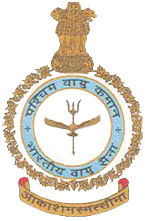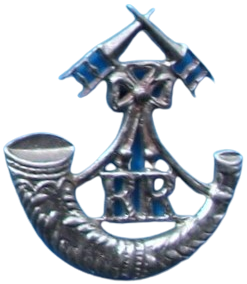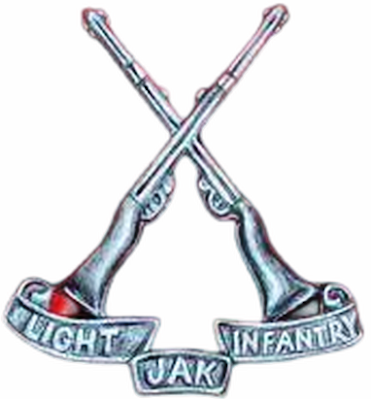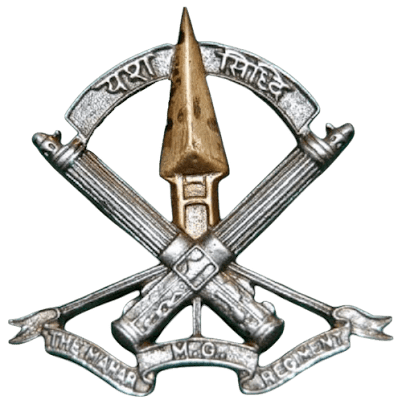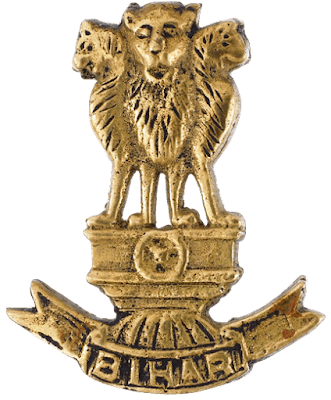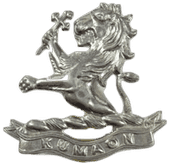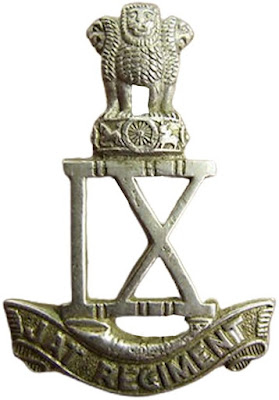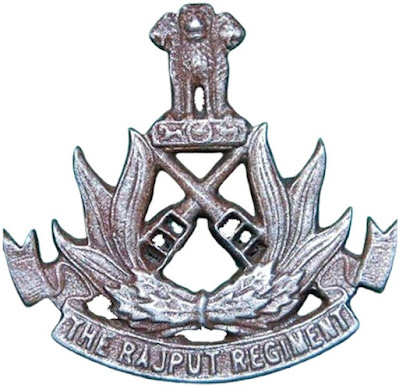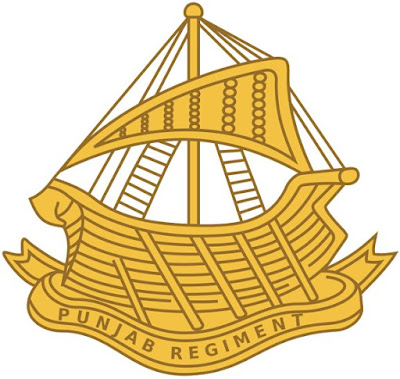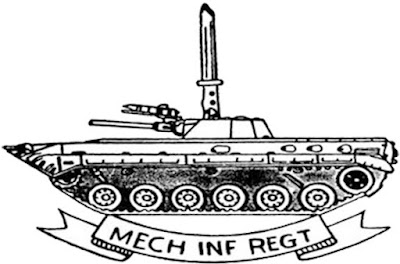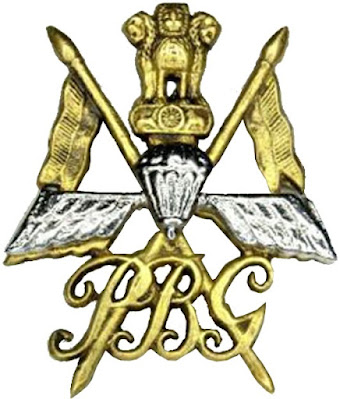JAI NARAIN VYAS UNIVERSITY

JAI NARAIN VYAS UNIVERSITY The red, yellow and blue circular emblem of Jai Narain Vyas University (JNVU),has a white sun on a red circle housing the motifs of plaque with its motto a traditional lamp and its year of establishment on a blue circle. In between the blue and red circle on a white border its name is written in Devanagari and English. The lamp symbolises symbolises light, illumination, awakening, devotion, purity, guidance, protection, hope and prosperity; the sun symbolises life, energy, power, positivity, illumination, light and clarity; the red colour denotes passion, power, strength, courage, determination, energy and celebration; the blue colour denotes serenity, calmness, trust, spirituality, calmness, wisdom, freedom, openness, intelligence and loyalty and the yellow colour denotes happiness, energy, vitality, focus and creativity. The motto inscribed on the plaque in Sanskrit ‘विद्या शक्तिः समस्तानां शक्तिः’ (127, Brihajjabalopanishat) means ‘The Power of Know
